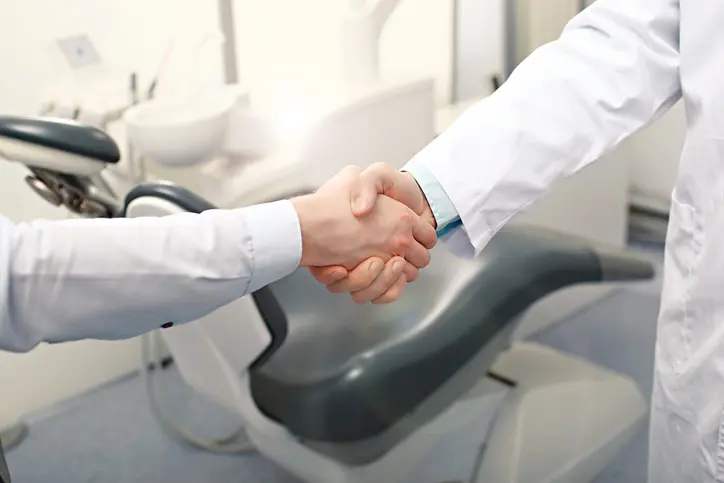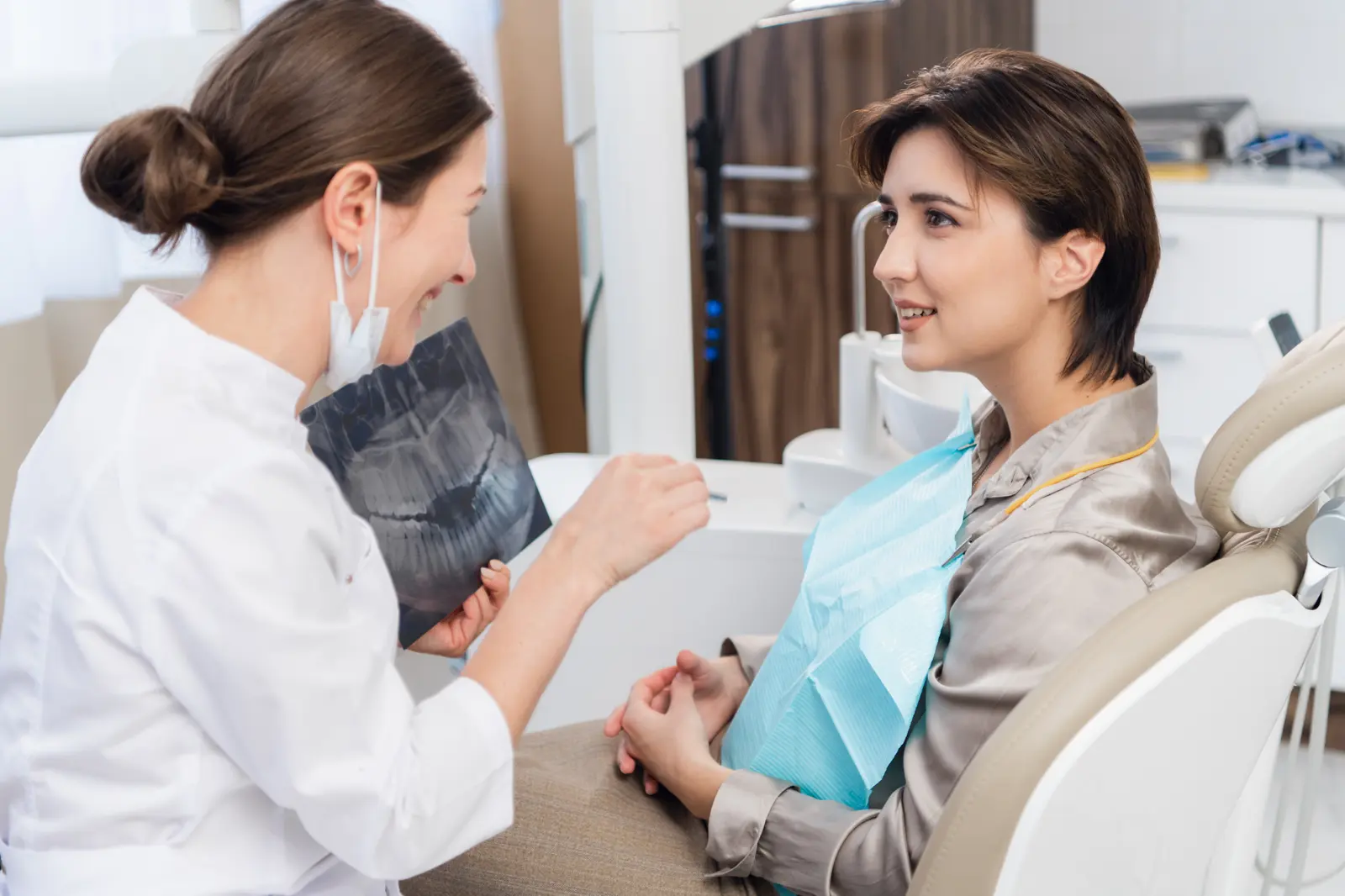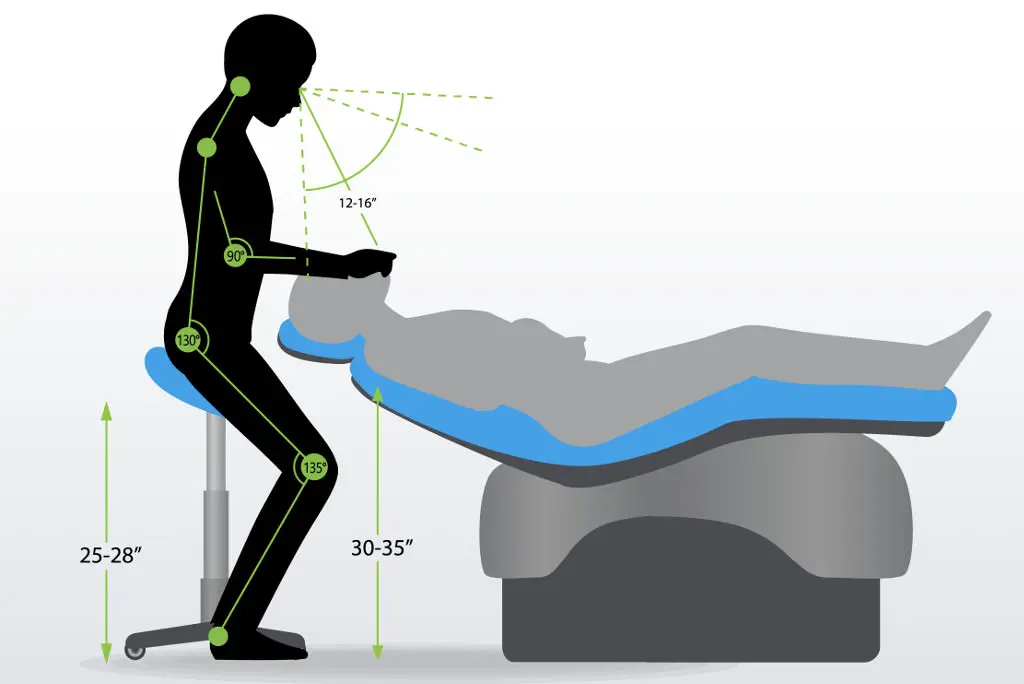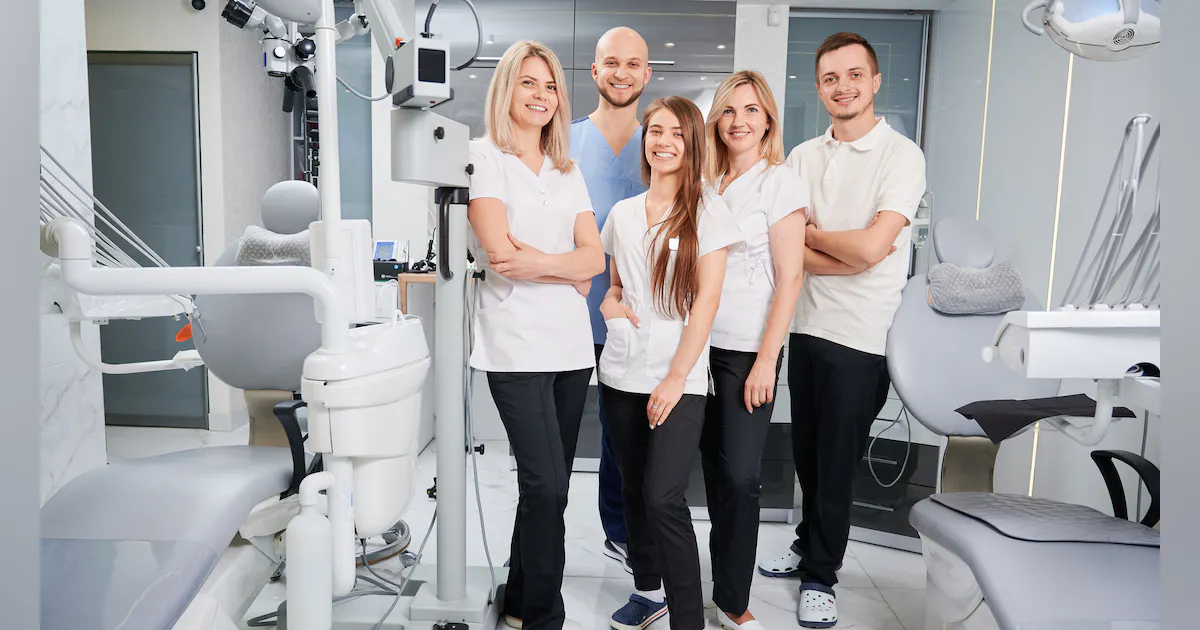Investing in the right dental equipment is crucial for providing quality care and ensuring the success of your dental practice. However, with a wide range of options available in the market, making informed decisions about equipment purchases can be a daunting task. This guide aims to walk you through the essential steps to help you make confident choices when acquiring dental equipment.
1. Assess Your Practice’s Needs:
Before diving into the world of dental equipment, evaluate your practice’s specific needs. Identify the treatments and services you offer, the volume of patients you handle, and the goals you have for growth. This assessment will serve as a foundation for selecting equipment that aligns with your practice’s requirements.
2. Research and Compare Options:
Thorough research is key to finding the right equipment. Explore different brands, models, and features available for each type of equipment you need. Compare their specifications, functionalities, and reviews from other dental professionals.
3. Set a Budget:
Establish a clear budget for your equipment purchases. Consider not only the initial purchase cost but also ongoing expenses such as maintenance, servicing, and training. Balancing quality and cost-effectiveness is essential to ensure your investment pays off in the long run.
4. Seek Recommendations:
Reach out to fellow dental professionals, colleagues, or mentors for their recommendations and insights. They can provide valuable firsthand experiences and guidance on equipment brands that have proven reliable and efficient.
5. Consider Future Growth:
Invest in equipment that allows for scalability as your practice grows. Opt for solutions that can accommodate increased patient loads, expanded services, and emerging technologies without the need for frequent replacements.
6. Evaluate Warranty and Support:
Choose equipment from reputable manufacturers that offer solid warranties and reliable customer support. A comprehensive warranty can provide peace of mind and financial protection in case of unexpected issues.
7. Test and Demo:
Whenever possible, arrange for equipment demonstrations or trials. This hands-on experience allows you to assess the equipment’s usability, ergonomics, and compatibility with your practice’s workflow.
8. Consult Your Team:
Involve your dental team in the decision-making process. Their input can shed light on practical aspects such as ease of use, compatibility with existing systems, and the impact on patient experience.
9. Plan for Training:
Factor in the training required for your team to effectively use the new equipment. Training ensures that your staff can maximize the equipment’s capabilities, reducing the risk of errors and improving patient care.
10. Read User Reviews:
Online user reviews and testimonials can provide valuable insights into real-world experiences with specific equipment models. These reviews can highlight pros, cons, and potential challenges you may face.
11. Regulatory Compliance:
Ensure that the equipment you’re considering meets all regulatory and safety standards applicable in your region. Non-compliant equipment can lead to legal and financial consequences.
12. Longevity and Reliability:
Invest in equipment known for its durability and reliability. Equipment breakdowns can disrupt your practice’s operations and lead to additional expenses.
13. Consider Financing Options:
If the upfront cost of equipment is a concern, explore financing options available through equipment vendors or financial institutions. Financing can help you spread out the cost over time.
14. Plan for Integration:
Consider how the new equipment will integrate with your practice’s existing technology and systems. Compatibility is essential for ensuring seamless workflows and efficient patient care.
A dental practice requires a variety of specialized equipment to provide comprehensive oral care to patients. The specific equipment you need can vary based on the types of treatments you offer, the size of your practice, and your focus areas. Here’s a list of essential dental equipment commonly found in a dental practice:
1. Dental Chairs:
Dental chairs are the central piece of equipment in every treatment room. They provide a comfortable and adjustable position for patients during various procedures.
2. Dental Handpieces:
Handpieces are used for a wide range of procedures, including drilling, polishing, and shaping teeth. High-speed and low-speed handpieces are common options.
3. Dental Imaging Equipment:
These tools allow for detailed visualizations of teeth and oral structures. Common types include:
X-ray machines (digital or traditional) for intraoral and panoramic imaging.
Cone beam computed tomography (CBCT) machines for 3D imaging.
Intraoral cameras for capturing detailed images of teeth and gums.
4. Dental Sterilization Equipment:
Sterilization equipment is crucial for maintaining a hygienic environment. Autoclaves and sterilization centers ensure that instruments are properly cleaned and sterilized between patients.
5. Dental Instruments:
Various instruments are used for specific treatments, including examination, cleaning, fillings, extractions, and more. These instruments include explorers, scalers, mirrors, forceps, and probes.
6. Dental Lights:
Dental lights provide clear and focused illumination during procedures, helping dental professionals work accurately.
7. Dental Compressors and Vacuums:
These systems provide air pressure for handpieces and suction for removing debris and fluids from the oral cavity.
8. Dental Chairside Cabinetry:
Cabinets near the dental chair hold instruments, materials, and supplies needed for procedures, ensuring easy access for dental professionals.
9. Dental Loupes and Microscopes:
Dental loupes and microscopes enhance visualization, allowing for precise work during procedures.
10. Dental Operatory Software:
Practice management software helps manage patient records, appointments, treatment plans, and billing. It streamlines administrative tasks and improves patient communication.
11. Dental Curing Lights:
Curing lights are used to harden dental materials like composites and bonding agents.
12. Dental Amalgamators:
Amalgamators are used to mix dental materials, like amalgam for fillings, to ensure proper consistency.
13. Dental Anesthesia Equipment:
Anesthesia delivery systems ensure patient comfort during procedures by administering local anesthetics.
14. Dental Ultrasonic Scalers:
These devices are used for deep cleaning and removing tartar and stains from teeth.
15. Dental Shade Matching Equipment:
Used for cosmetic and restorative procedures, shade-matching equipment helps match dental materials to the natural color of teeth.
16. Dental Laboratory Equipment:
If your practice performs in-house laboratory work, you’ll need equipment like dental laboratory benches, casting machines, porcelain ovens, and more.
It’s important to customize your equipment list based on your practice’s unique offerings and patient needs. Additionally, ensure that your equipment adheres to regulatory standards and safety guidelines. Regular maintenance, calibration, and upgrading of equipment are crucial for providing high-quality care and maintaining patient satisfaction.
Purchasing dental equipment is a significant investment that requires careful consideration. By assessing your practice’s needs, conducting thorough research, seeking recommendations, and involving your team, you can make informed decisions that lead to enhanced patient care, improved efficiency, and the overall success of your dental practice.












